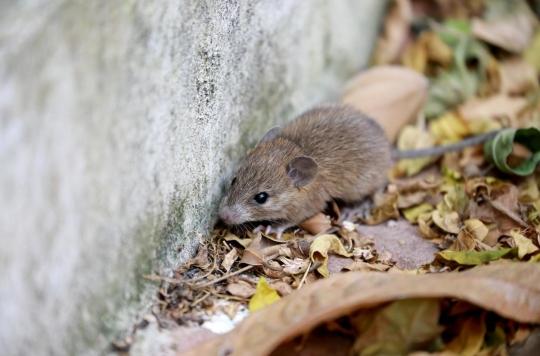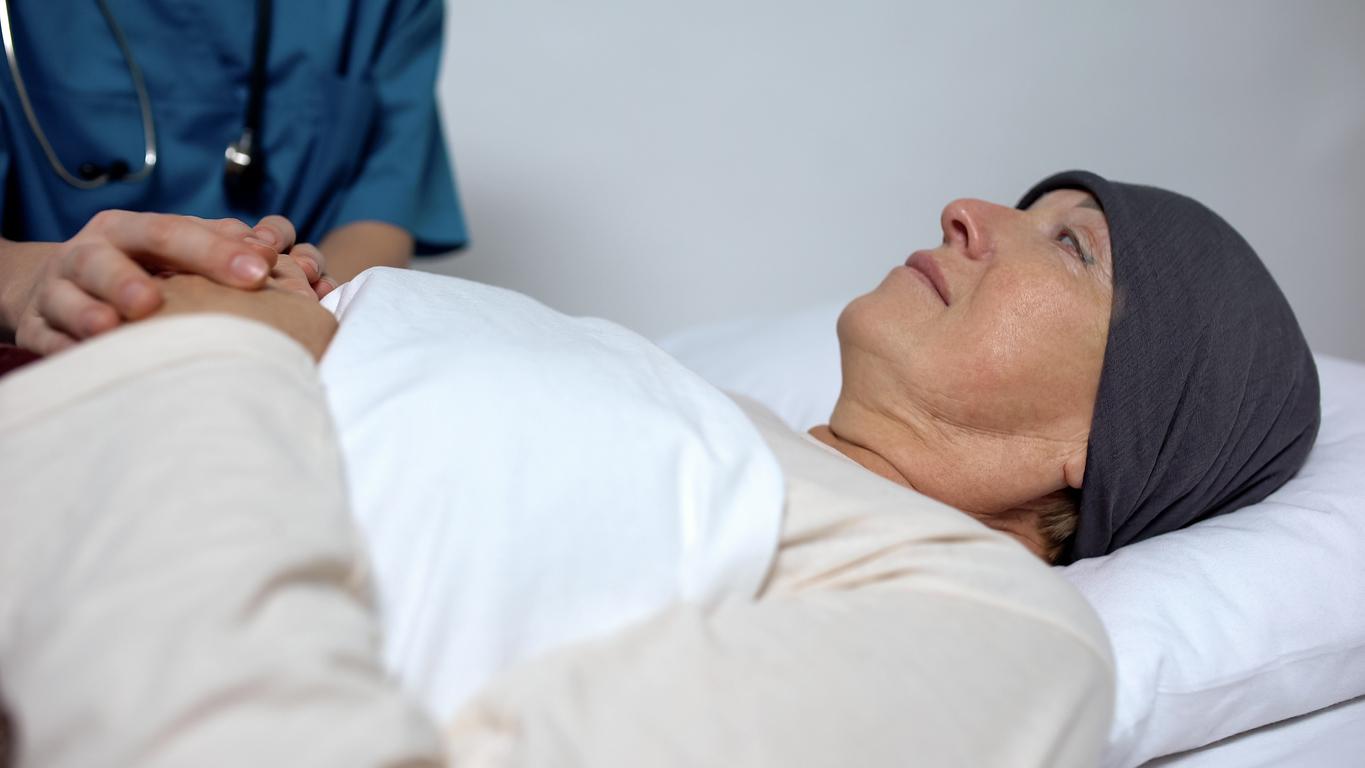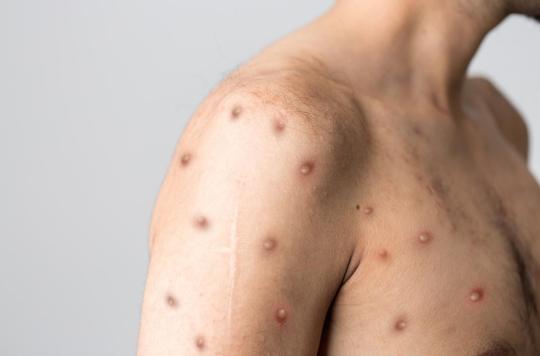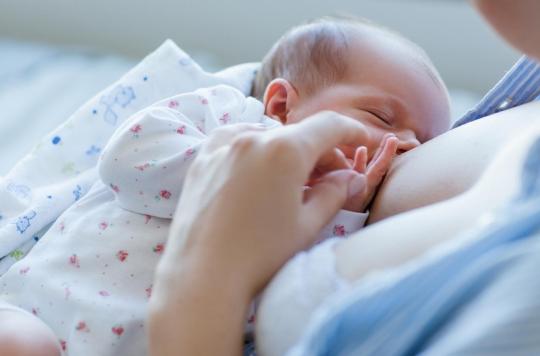Since the beginning of the year, 99 cases of leptospirosis have been recorded on Reunion Island. A dangerous disease, linked to heavy rains. Explanations.

- In 2021, at the same period, there were 74 cases of leptospirosis, 25 less than this year.
- On average in previous years, there were around fifty cases per year.
“Leptospirosis is a serious disease: if not treated in time, it can lead to hospitalization or even death.”, alerts the Regional Health Agency of Reunion in a press release published on April 19. Since the beginning of the year, there have been 99 cases recorded on the island, of which 18 have been admitted to intensive care and one person has died.
Leptospirosis is transmitted in damp places
But it is especially recently that the number of cases has increased sharply: 43 in March and 35 in April. This situation is due to the torrential rains that have hit Reunion in recent weeks.
Indeed, this disease is transmitted to humans in damp places, which are infected by the urine of rodents such as rats. Stagnant water, puddles or mud are therefore particularly at risk.
Four to fourteen days of incubation
Leptospirosis is a serious pathology. This is due to a bacterium often present in rodents. In the event of a cut or wound, it enters the human body and contaminates it. Generally, there are four to fourteen days of incubation.
Then the symptoms appear: sudden onset of high fever (over 38.5°C), muscle, joint and stomach pain, nausea, vomiting and headache. This pathology is often benign.but can lead to kidney failure or even death in 5 to 20% of cas” according toPastor Institute. In general, the management proposed is treatment with antibiotics.
Wear protective equipment
“The activities of cleaning yards and gardens without sufficient protection (boots, gloves, etc.) or swimming in fresh water after heavy rains are therefore particularly at risk”warns the ARS. Indeed, the vast majority of cases recorded on the island are linked to the practice of these activities.
It is therefore recommended to protect yourself as much as possible by wearing suitable equipment – goggles, overalls, etc. -, by disinfecting oneself well in the event of a wound and by not walking barefoot in stagnant or muddy water.















